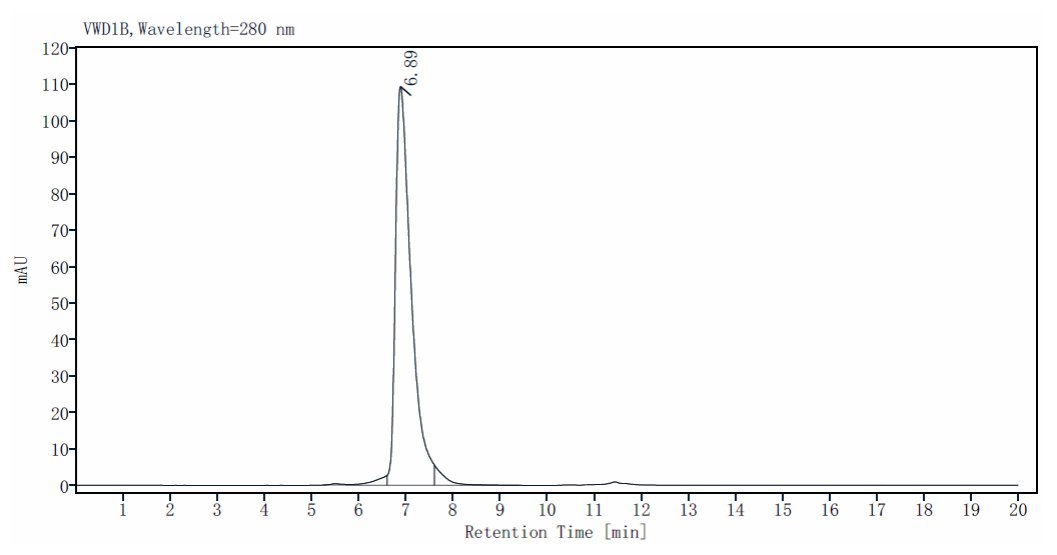Gln28-Lys601 with His Tag at the C-Terminus
85-100kDa (Reducing)
Reconstitute at 0.1-1 mg/ml according to the size in ultrapure water after rapid centrifugation.
1.Cao LL, Yang ZG, Qi WH, Zhang H, Bi Y, Shan Y, Cui XW, Jiang F. A preliminary study on ultrasound techniques applied to evaluate the curative effect of botulinum toxin type a in hypertrophic scars. Heliyon. 2024 Jul 19;10(15):e34723.
Cluster of Differentiation 31 (CD31), also known as Platelet Endothelial Cell Adhesion Molecule (PECAM-1), is a 130-kDa transmembrane glycoprotein. It is expressed by a variety of cell types including endothelial cells, platelets, macrophages, Kupffer cells, granulocytes, T/NK cells, lymphocytes, megakaryocytes, osteoclasts, and neutrophils. CD31 is also found in certain tumors and is the sole CAM family member present on platelets.
CD31 is pivotal in the clearance of aged neutrophils and in the process of tissue regeneration. The protein facilitates cell adhesion through homotypic or heterotypic interactions, either by binding to itself or by engaging with the leukocyte integrin αvβ3. These properties enable CD31 to contribute to neutrophil recruitment during inflammatory responses and to the transendothelial migration of leukocytes. Additionally, CD31 plays a significant role in cardiovascular development.
Measured by the ability of the immobilized protein to support the adhesion of Jurkat human acute T cell leukemia cells. The EC50 for this effect is less than 70ng/ml
1μg (R: reducing condition).

The purity of CD31/PECAM-1 His Tag Protein, Human is more than 95% determined by SEC-HPLC.